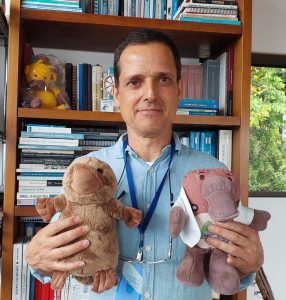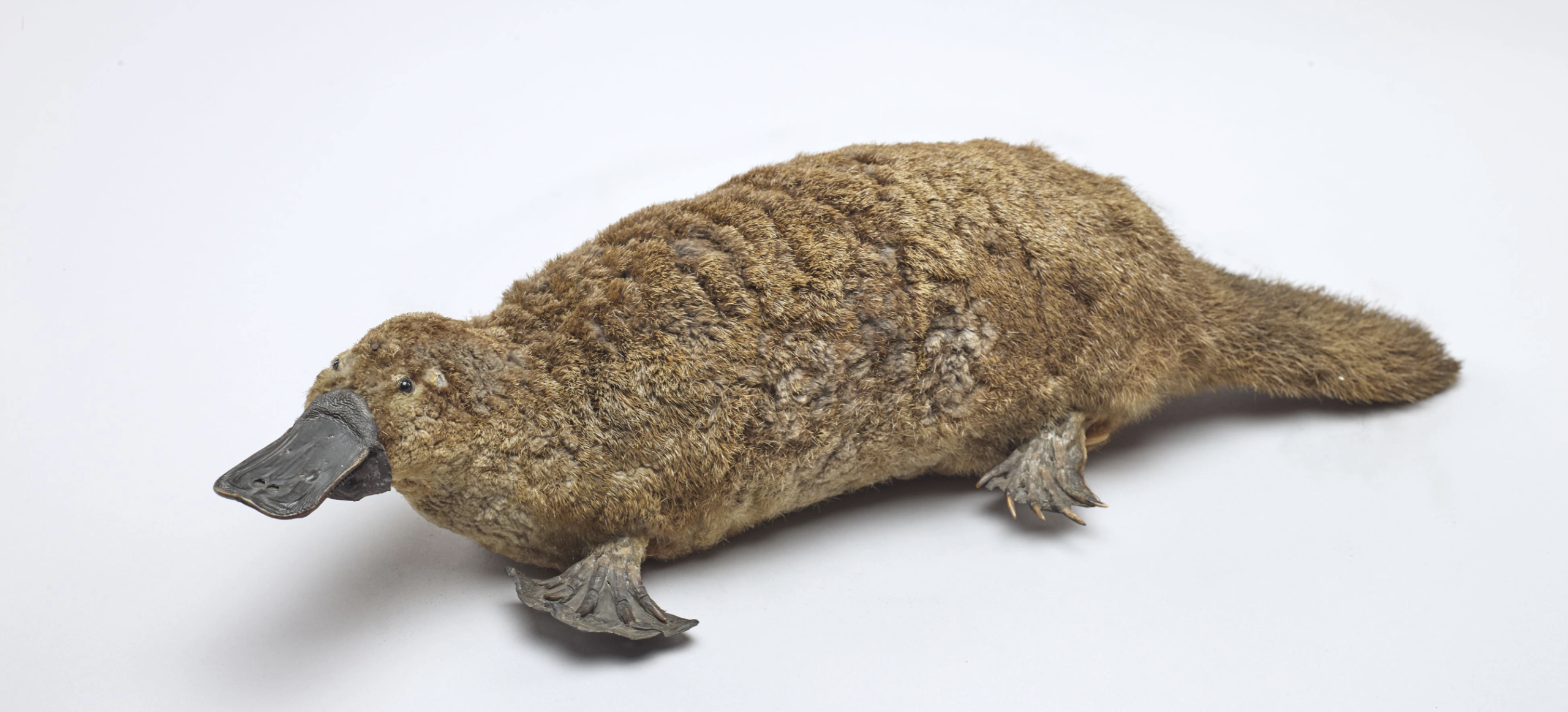 Armando Henrique Norman is a family physician and professor in family and community medicine at Federal University of Santa Catarina, Brazil.
Armando Henrique Norman is a family physician and professor in family and community medicine at Federal University of Santa Catarina, Brazil.
The birth of hospital medicine has represented a challenge to general practice, since practicing and learning medicine has gradually moved from patient-bedside model to laboratory, peer-based hospital model. At the turn of the 20th century, GPs managed to survive the hospital era due to a patronage contractual arrangement and patients’ preference for home-based and well-known types of care. Patients were quite suspicious of the cold, isolated, and powerless position they found themselves in hospital. In this context, consultants had to rely on GPs referrals as they had control over clients.1 However, the hospital-based biomedical model became stronger after the two great wars and the inception of the NHS. For instance, the NHS fostered a division between specialists and GPs via administrative hospital organisations and primary care independent contractors:
Excluded from the hospital by the structure of the NHS and rejected by the specialists – “knowledge acquired perhaps twenty years ago was no basis for a hospital commitment” – the GP was deprived of anything other than a subordinate role. (p.5)2
Consultants became the medical knowledge hub, whereas GPs were left to a satellite position. GPs dilemma was either to merge into hospital specialisation as a “consultoid” or to find an appropriate definition and function.2 Michael Balint biographical medicine offered an important contribution to this plight. GPs’ concern should transcend purely the search for bodies’ inner pathological processes and embrace patients’ biographies and contexts. Biographical medicine favoured the patient-centred approach helping patients organise their complex illness processes. It also contributed to giving new meaning to undifferentiated cases and the real world “trivialities” commonly found in primary care.
GPs have, historically, to justify and explain what being a GP means.
These, once seen as “impurities” by the hospital model, have become the centrality of the medical problem in general practice, as patients were no longer passive recipients of organic pathologies.2 This sophisticated understanding of general practitioners propelled a long tradition of vocational training programmes that emerged with the NHS. For example, the College of General Practitioners, founded in 1952, sought to solidify an academic identity for GPs “that was something other than an attenuated version of hospital specialisms (p.790)”.3 Since then, GPs suffer the “stigma” of being different as they lack an area of medical knowledge portraying what being a GP entails. Nobody asks what a cardiologist or a radiologist does. Thus, GPs have, historically, to justify and explain what being a GP means.4 Following this tradition, I find the platypus metaphor as a useful explanatory model both for undergraduate students and for GP registrars.
Why a platypus metaphor?
The platypus is a mysterious and weird being: an egg-laying mammal without nipples. Mammary glands ooze milk out through skin pores, which accumulates in skin-grooves allowing baby-platy lap it up or suck it from tufts of fur. The flat-beak has “electrolocation sensors” that help the platypus to reduce uncertainty when hunting for food in muddy rivers. This semiaquatic animal defies ordinary thinking and classification. The trend is to compare it to assembled parts of other animals: duck-beak, beaver-tail, otter-foot. However, the platypus is not nature’s Frankenstein, but its uniqueness in evolutionary terms.
Like platypus, GPs are not a mosaic of medical specialties.
Like platypus, GPs are not a mosaic of medical specialties. They are person-centred carers and community oriented clinicians, who deal with common and epidemiological relevant health issues. GPs also have special clinical sensors to navigate in the sea of multitude of undifferentiated symptom presentations. According to Iona Heath, GPs habitat is “the constantly recurring gap – the gap between a word and its object; between a diagram and what it tries to represent; between nature and our understanding of it; between the subjective and the objective; [between…] high, hard ground of technical rationality and the swampy lowland of professional practice” (p.824).5 Thus, the GPs quality of mind entails adjustability and directionality. The former permits moving perspectives from detailed investigation to contextual understanding. The latter facilitates an inner and outer gaze, as Neighbour points out “the doctor’s attention can encompass what is going on here inside as well as out there…[supplementing] technical accuracy of what he knows with the human richness of what he thinks and feels (p.97)”.6 Thus, the doctor himself becomes the focus of reflection. In summary, the depth of knowledge of GPs allows them to coordinate and care for a cohort of individuals, filtering those who might benefit from a referral to another level in the health system. This filter function also protects patients from unnecessary, decontextualized, and potentially harmful medical interventions.
Ornithorhynchus anatinus sounds scientific majestic, but do nothing to platypus’ nature and dilemma. The status syndrome within the medical profession is a reality. Hence, it comes as no surprise that “general practice is often disregarded as a specialty in its own rights by hospital doctors”.7 The latter represent the antithesis to complexity, uncertainty management, and holistic approach. Rebranding GPs as “consultants in general practice or family medicine” would not change the status quo of specialty hierarchy. Nevertheless, the 21st century evidence-based best practice model of care has levelled the medical knowledge making the historical two-tier specialty registration obsolescent in the UK. GPs are neither selfless nor selfish, but “self-fully” attuned with their inner platypus nature. Therefore, it is about time to recognise the platypus as a consultant within the “bio-medical kingdom”.
References
- Jewson ND. Medical knowledge and the patronage system in 18th century England. Sociology. 1974;8(3):369-385. doi:10.1177/003803857400800302
- Armstrong D. The emancipation of biographical medicine. Soc Sci Med. 1979;13:1-8. doi:http://dx.doi.org/10.1016/0271-7123(79)90002-6
- Checkland K, Harrison S, McDonald R, Grant S, Campbell S, Guthrie B. Biomedicine, holism and general medical practice: responses to the 2004 General Practitioner contract. Sociol Health Illn. 2008;30(5):788-803. doi:10.1111/j.1467-9566.2008.01081.x
- McWhinney IR. William Pickles Lecture 1996. The importance of being different. Br J Gen Pract. 1996;46(408):433-436.
- Heath I. Quality of mind. Can Fam Physician. 2023;69(12):821-826. doi:10.46747/CFP.6912821
- Neighbour R. The Inner Physician: Why and How to Practise “Big Picture Medicine.” London: Royal College of General Practitioners; 2016.
- Khan N. What’s in a name? GPs as consultants in general practice – BJGP Life. https://bjgplife.com/whats-in-a-name-gps-as-consultants-in-general-practice/. Accessed December 16, 2023.
Acknowledgments
I would like to thank Marina Poggi for proofreading this manuscript.
Featured Photo by Birmingham Museums Trust on Unsplash







That was a very long way of saying you want a fancier title. Me? I am a GP and quite happy with that.
[…] A.H. Embracing general practice’s inner platypus– BJGP Life https://bjgplife.com/embracing-general-practices-inner-platypus/ Accessed April 10, […]